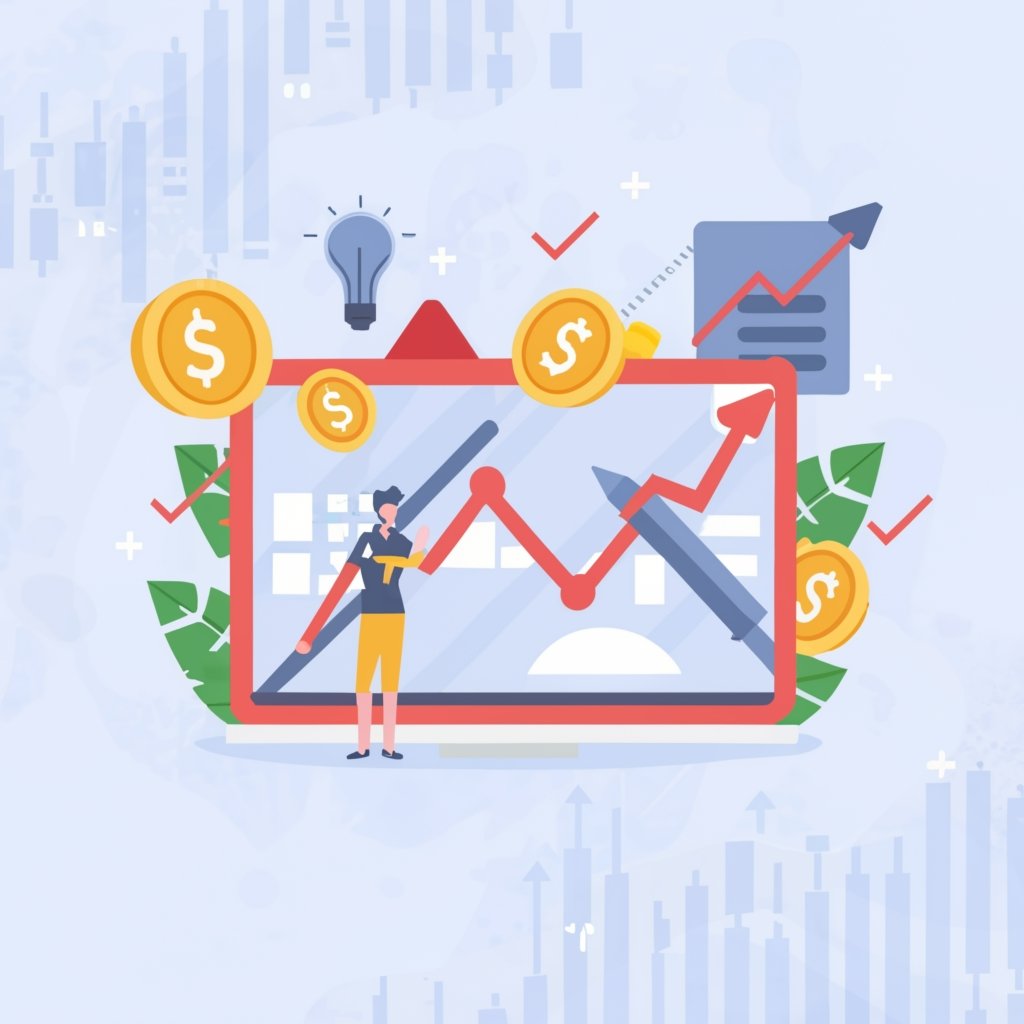Automated forex trading
In the realm of Forex trading, the advent of automation has revolutionized how traders engage with the market. Automated Forex trading, harnessing the power of technology, offers a new dimension to currency trading. This guide delves into the intricacies of automated Forex trading, highlighting its essence, benefits, challenges, and strategies for effective implementation.

What is Automated Forex Trading?
Automated Forex trading involves the use of algorithms or robots to execute trades on behalf of the trader. These systems are programmed to follow specific market indicators and trading strategies, making decisions to buy or sell currencies without human intervention. The core elements include:
- Trading Algorithms: Complex mathematical formulas that make trading decisions based on market data analysis.
- Forex Robots: Software programs that execute trades based on pre-set criteria.
- Signal Providers: Services that offer automatic trade alerts based on their analysis, which can be manually or automatically executed.
Understanding Automated Forex Trading
Automated Forex trading uses computer algorithms or specialized software, known as Forex robots, to execute trades. These systems operate on pre-set criteria derived from various trading strategies and market analysis methodologies. The key to automated trading lies in its ability to make quick, unbiased decisions based on programmed strategies. It encompasses trading algorithms that analyze market data, Forex robots that execute trades, and signal providers that offer automated trade suggestions. This form of trading has become increasingly popular due to its precision and efficiency.
The Advantages of Automated Trading Systems
One of the primary benefits of automated Forex trading is the elimination of emotional and psychological influences in trading decisions. These systems operate on logical and pre-set rules, ensuring decisions are consistent and unimpacted by human emotions. Automated trading excels in efficiently processing and analyzing vast amounts of market data far beyond the capability of human traders. It also allows for the backtesting of trading strategies using historical market data, offering insights into the potential effectiveness of these strategies. Furthermore, automated systems can operate continuously, taking advantage of market opportunities at any time, a crucial advantage in the 24/7 Forex market.
Key benefits include:
- Emotion-Free Trading: Automated systems eliminate emotional biases, making decisions based solely on data and pre-defined rules.
- Increased Efficiency: They can process vast amounts of data and execute trades faster than human traders.
- Backtesting Capability: Traders can test their strategies using historical data to assess viability without risking real money.
- 24/7 Trading: Automated systems can trade around the clock, capitalizing on opportunities even when the trader is not actively monitoring the markets.
The Risks of Automated Forex Trading
While automated trading offers numerous advantages, it also comes with its own challenges. One of the primary concerns is the reliance on technology, which can lead to system failures or connectivity issues. Over-optimising trading strategies is another risk, where a system might perform exceptionally in a simulated environment but fail to deliver similar results in real trading conditions. Additionally, despite the automated nature of these systems, they require regular monitoring to ensure optimal performance, especially in the face of rapidly changing market conditions.
Key risks include:
- System Failures: Reliance on technology means there’s a risk of system malfunctions or connectivity issues.
- Over-Optimization: There’s a danger of developing a system that performs exceptionally well on historical data but fails in real trading.
- Monitoring Requirement: Automated systems require regular monitoring to ensure they are performing as intended and to make adjustments in changing market conditions.
How to Get Started with Automated Forex Trading
- Educate Yourself: Understand the basics of Forex trading before diving into automation.
- Choose the Right Platform: Select a platform that supports automated trading and offers robust tools and features.
- Start with a Demo Account: Test your automated trading strategy on a demo account to assess its effectiveness without risking real money.
- Select a Reliable Forex Robot or Service: Research and choose a reputable automated trading system or signal provider.
- Continuous Learning and Adjustment: Regularly review and adjust your automated strategy to align with changing market conditions.
For traders venturing into automated Forex trading, a comprehensive understanding of the Forex market fundamentals is a necessity. Beginners should start with a demo account to test and refine their automated trading strategies in a risk-free environment. Choosing a reliable and well-reviewed Forex robot or signal service is essential for ensuring the quality and reliability of the trading system. You can also choose to allow your trading robot to act based on recent market movements without the input of outside signals. Continuous education and adaptation of strategies
This article was last updated on: January 12, 2024